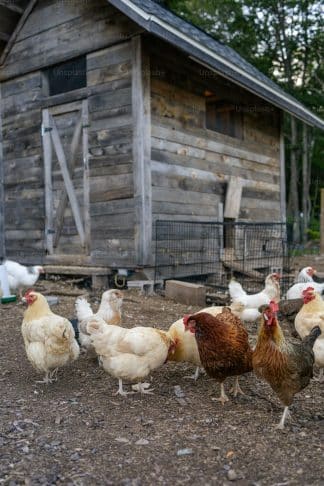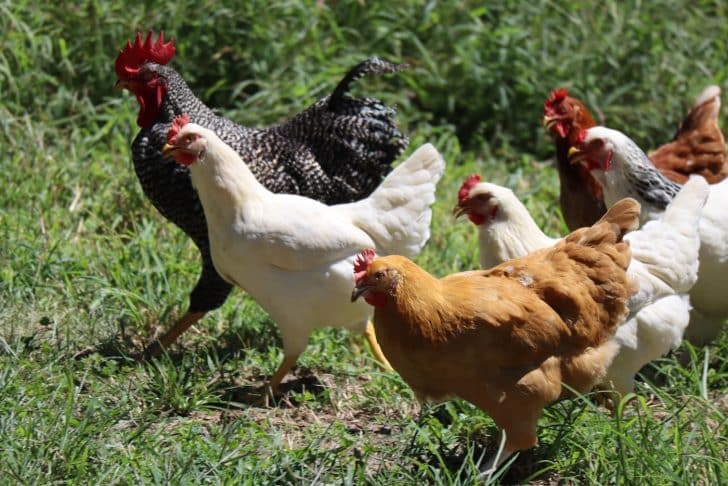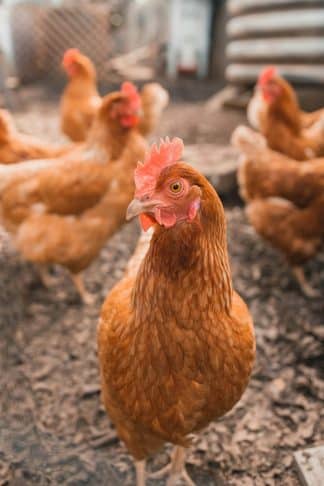The global poultry population has soared to an impressive 35 billion, marking a remarkable five-fold surplus compared to the human populace, as revealed by data from the Food and Agriculture Organization (FAO). This staggering statistic sheds light on the immense scale of chicken farming worldwide and its significant impact on food production and consumption patterns.

Leading the charge in this poultry proliferation is the United States, boasting a staggering 9.22 billion chickens within its borders. Within the U.S., the state of Iowa emerges as a pivotal player in the chicken farming industry, contributing substantially to the nation’s overall poultry output. With its fertile lands and robust agricultural infrastructure, Iowa has solidified its position as a key hub for chicken production, supplying a significant portion of the nation’s poultry products.

While the United States leads in sheer numbers, other regions of the world also play vital roles in the global chicken farming landscape. Asia, for instance, stands as a major contributor to the poultry abundance, churning out a substantial 15.4 billion chickens to meet the ever-growing demand for poultry products in the region. Similarly, Europe boasts a considerable poultry population, with 2.35 billion chickens contributing to the continent’s agricultural output.
This surge in chicken production underscores the vital role that poultry farming plays in addressing global food security challenges and meeting the dietary needs of a growing population. However, it also raises important questions regarding sustainability, animal welfare, and environmental impact, prompting calls for responsible and ethical practices within the poultry industry.

As the world’s appetite for poultry products continues to grow, it becomes increasingly crucial to strike a balance between meeting demand and ensuring the well-being of both animals and the environment. By adopting sustainable farming practices, investing in innovation, and promoting ethical standards, the poultry industry can navigate the complexities of modern agriculture while safeguarding the interests of all stakeholders involved.

